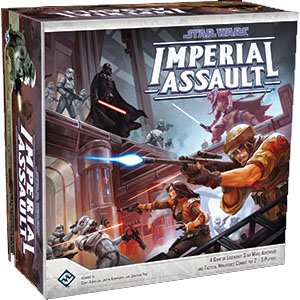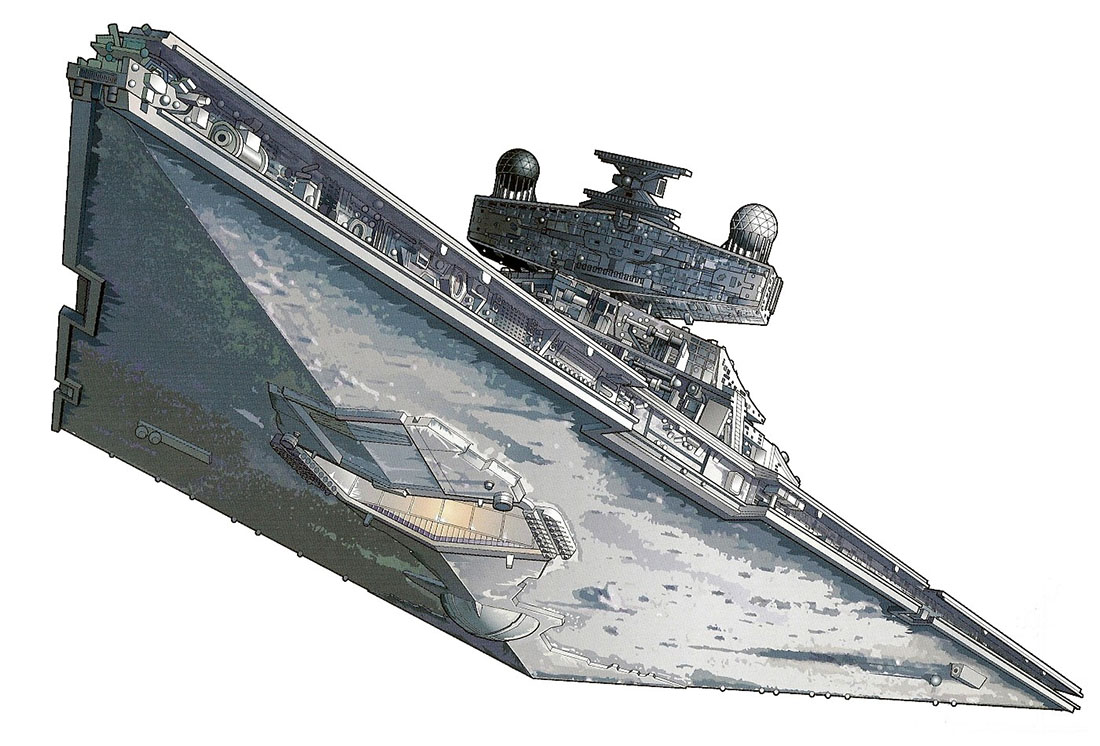
Something to consider when it comes to declaring intention is the difference between a mechanics-first declaration and a fiction-first declaration.
A fiction-first declaration describes the intention in terms of the game world. After the fiction-first declaration has been made, a decision will be made (probably by the GM) about how to model that declaration mechanically. For example:
GM: The courtyard is filled with guards.
Player: Can I sneak around the perimeter of the courtyard? Stick to the shadows?
GM: Yes. Give me a Stealth check.
A mechanics-first declaration, on the other hand, states the mechanic the player wants to use. For example:
GM: The courtyard is filled with guards.
Player: Can I make a Stealth check to get past them?
GM: Yes. [after the check] You sneak around the perimeter of the courtyard, sticking to the shadows.
In my experience, a mechanics-first declaration usually results in the GM providing the fictional description (usually as part of the narration of outcome after the check has been resolved), but this isn’t always the case. You could just as easily see:
GM: The courtyard is filled with guards.
Player: Can I make a Stealth check to get past them? Maybe sneak around the perimeter of the courtyard?
GM: Sure. There are a lot of shadows. Give me the check.
If you’re still not clear on the distinction being drawn here, imagine a player who does not know the rules declaring actions for their character: They just tell the GM what they want their character to do and then the GM figures out what mechanic to use. Their declarations are, by necessity, fiction-first declarations.
Conversely, consider someone using a dissociated mechanic. For example, someone spending a Luck Point to re-roll a die. Their character doesn’t know what a Luck Point is, so the decision to use the Luck Point or not is, by necessity, purely mechanical and any declaration to use a Luck Point is automatically a mechanics-first declaration.
(One of the major disadvantages of dissociated mechanics is that they prevent or disadvantage fiction-first declarations. And their mechanics-first declarations aren’t roleplaying.)
Those distinctions are really clear, but the difference between fiction-first and mechanics-first declarations can get pretty muddy in practice. Generally speaking, the less abstract the mechanic is the muddier the distinction becomes. For example, when you say, “I attack him with my sword!” in most systems, you are making a statement which is simultaneously mechanical and fictional.
Things can also get muddy if the player is making their own fictional description of a mechanics-first declaration, but semantically swaps the verbal expression of their decision-making process. For example, this:
Player: I’m going to sneak around the perimeter of the courtyard and make a Stealth check to get past them.
Looks superficially like a fiction-first declaration because the “fiction bit” came first in the sentence. But, functionally speaking, it’s identical to:
Player: I’m going to make a Stealth check to get past them by sneaking around the perimeter of the courtyard.
That player is making a mechanical choice and declaring their intention to use that specific mechanic. (This is not to say, however, that a player can never make a fiction-first declaration and then be the person to suggest the appropriate mechanic to model that action. That’s why the distinction can get pretty muddy.)
ONE TRUE WAY
So which of these is the “wrong” way to do it?
Neither.
Occasionally you’ll get purists who think one approach or the other is the one-true-way of roleplaying games: The fiction-first purists will generally talk about how it’s more immersive or how a mechanics-first approach “isn’t really roleplaying”. The mechanics-first purists will talk about how a simple mechanical declaration is concise and clearer or get upset that the fiction-first purists have “forgotten the game part of roleplaying game”.
But while personal taste (of both the group and the individual players) will obviously have an impact on how intentions are declared at the table, the reality is that pretty much any game being played in the real world is going to see a mixture of fiction-first and mechanics-first declarations. It’s a pain in the ass to spend every single round trying to figure out whether the description of a particular sword thrust is a full attack, a standard action, or fighting defensively. And a roleplaying game that consisted of nothing except purely mechanical interactions would be bland as hell.
As for the claim that mechanics-first declarations aren’t “real” roleplaying, fuhgeddaboutit: With the exception of occasional dissociated mechanics like Luck Points or GM Intrusions, the mechanical decisions in a roleplaying game ARE roleplaying decisions. And if by “roleplaying” you just mean “speaking immersively and/or in character”, it’s also notable that mechanics-first approaches are also a prerequisite for fortune-at-the-beginning resolution techniques, which are frequently employed in order to create rich, challenging roleplaying-as-acting opportunities. (We’ll come back to that.)
As a final note, most of the problems I see people associate with mechanics-first declarations are actually the result of a missing method: If someone says, “I want to use Diplomacy to talk to Lady Veronica,” the problem isn’t that they invoked the name of a specific skill; it’s that they’ve failed to explain how they’re using it. Similarly, if someone says, “I want to attack the orc,” the correct response is, “What are you attacking with?”
MECHANICS-ONLY
The terms “mechanics-first” and “fiction-first” both inherently imply that the other half of the equation is following in the footsteps of the first: You do mechanics first, then fiction. You do fiction-first, then mechanics. You take the mechanical model of the game world and you describe what the model tells you happens in that game world. Or you describe what’s happening in the game world and you model that mechanically. It’s a linked cycle.
Because it is part of this linked cycle, the mechanics-first approach should not be mistaken for another style of play which I’m going to call mechanics-only. In the mechanics-only approach, the link between the mechanics and the description of the game world is broken and the course of play becomes solely determined by the mechanics.
In reading that description, you may be thinking of something like this:
Player: I attack the orc. 22 to hit.
GM: You hit.
Player: 18 points of damage.
GM: The orc swings at you. Give me a defense roll.
Player: 12.
GM: The orc misses.
But while that might be an example of mechanics-only play, it isn’t necessarily so and isn’t what I’m talking about. In fact, I’ve found it quite difficult to find a way to clearly explain the mechanics-only approach in a way that people can understand it, because superficially it seems so similar to forms of play from which it is actually very, very different. This is particularly true because mechanics-only play will often feature rich and detailed descriptions of what’s happening in the game world… it’s just that those descriptions aren’t connected to the mechanics. (And it’s intriguing to note that the people who seem to struggle the most in understanding the distinction are the people actually engaged in mechanics-only play, largely because they don’t seem to realize that they’re doing something different from everyone else.)
 Perhaps it will be clearer if I point out that mechanics-only play frequently shows up in board games: When playing games like Arkham Horror or Imperial Assault, people will often describe narrative details or even make a point of speaking in character. But none of that material is ever fed back into the mechanics of the game; it’s merely an improvisational layer that’s separated from the game like oil is separated from water.
Perhaps it will be clearer if I point out that mechanics-only play frequently shows up in board games: When playing games like Arkham Horror or Imperial Assault, people will often describe narrative details or even make a point of speaking in character. But none of that material is ever fed back into the mechanics of the game; it’s merely an improvisational layer that’s separated from the game like oil is separated from water.
For example, consider a game of Risk. You’ve got an army in Yakutsk and you’re invading Siberia. You give a rousing speech to your troops and then describe how you divide your army in a brilliant flanking action. Then you roll the dice… and none of that has any impact on the result. And it’s not just that the game lacks a morale mechanic or that its combat mechanics are so abstract that precise troop movements aren’t mechanically modeled – it’s that the improvisation (while undoubtedly entertaining) is fundamentally divided from the actual game play. They are both happening in the same space, but there is no connection. (Or, at best, the connection is unidirectional.)
On the flip-side of the coin, in mechanics-only play you’ll see mechanical actions allowed even when the given circumstances of the fiction should disallow them.
For example, consider a roleplaying game which has a Leg Sweep combat maneuver: It’s specifically and explicitly designed to model you sweeping someone’s legs out from underneath them. Now imagine someone fighting an Undulating Hulk: It doesn’t have any legs, but for the mechanics-only players that won’t matter. Nothing in the rules say you can’t use the Leg Sweep maneuver on the Undulating Hulk, so you can do so.
Maybe you’re thinking that this is just an example of the GM deciding that a particular mechanic (the Leg Sweep) is close enough to whatever effect the PC wants to have on the Undulating Hulk (delaying them for a Minor Action or whatever) so that they can use it as the basis for adjudicating the action. But that’s not what’s happening in mechanics-only play.
Imagine a spell that stops the target’s heart from beating and, thus, kills the target. Unless the explicit mechanics of that spell limited its potential target list, the mechanics-only player will allow it to be cast on a vampire, even though their heart is no longer beating in the first place. They’ll even allow it to be cast on an animated skeleton, despite the fact that the skeleton has no heart to be affected by the spell.
I generally try to avoid making one-true-way statements about how games are supposed to be played. The medium of roleplaying games is pretty flexible and, historically speaking, the best and most successful games have been those which have allowed multiple styles of play to come together at the same table (which is a testament to the breadth of experience that RPGs can provide). But when it comes to mechanics-only play, I’m comfortable saying that you are doing it wrong.
The net effect of mechanics-only play, when applied to a roleplaying game, is to needlessly turn associated mechanics into dissociated mechanics. As I’ve noted in the past, I don’t have an automatic objection to dissociated mechanics existing in an RPG, but those mechanics should bring some distinct benefit that would otherwise not be achievable. The mechanics-only approach has no discernible benefit. It’s not so much that you’re tossing the baby out with the bathwater, you’re just tossing the baby out.
It’s hard to say exactly how prevalent the mechanics-only style of play is. I haven’t encountered it much “in the wild”, so to speak, but online discussions of dissociated mechanics often attract these players. (Because mechanics-only players turn associated mechanics into dissociated mechanics, they can’t really comprehend how anyone else can see a distinction between them.)
I do have a sense that mechanics-only play may crop up more frequently in combat, even among players who don’t otherwise engage in it. This may even be a significant contribution to the common belief that there’s some sort of division between “combat” and “roleplaying”. (Which I’ve always had difficulty grokking, because life-or-death stakes should be a crucible of character development. It shouldn’t be a place where characters get turned off.)
(What about fiction-only? That’s playing “let’s pretend” without any mechanical structure. It tends not to crop up in roleplaying games because it inherently doesn’t require the game, although you can see certain tendencies towards it in certain types of dice-fudging or groups that simply ignore certain types of mechanics.)



 For example, imagine that the PCs are police detectives and they walk into a room that has a corpse lying in the middle of it. The intentions in this scene will most likely take the form of questions they want answered. But how specific do the questions need to be before the GM can make a ruling on whether not they can find an answer?
For example, imagine that the PCs are police detectives and they walk into a room that has a corpse lying in the middle of it. The intentions in this scene will most likely take the form of questions they want answered. But how specific do the questions need to be before the GM can make a ruling on whether not they can find an answer?












